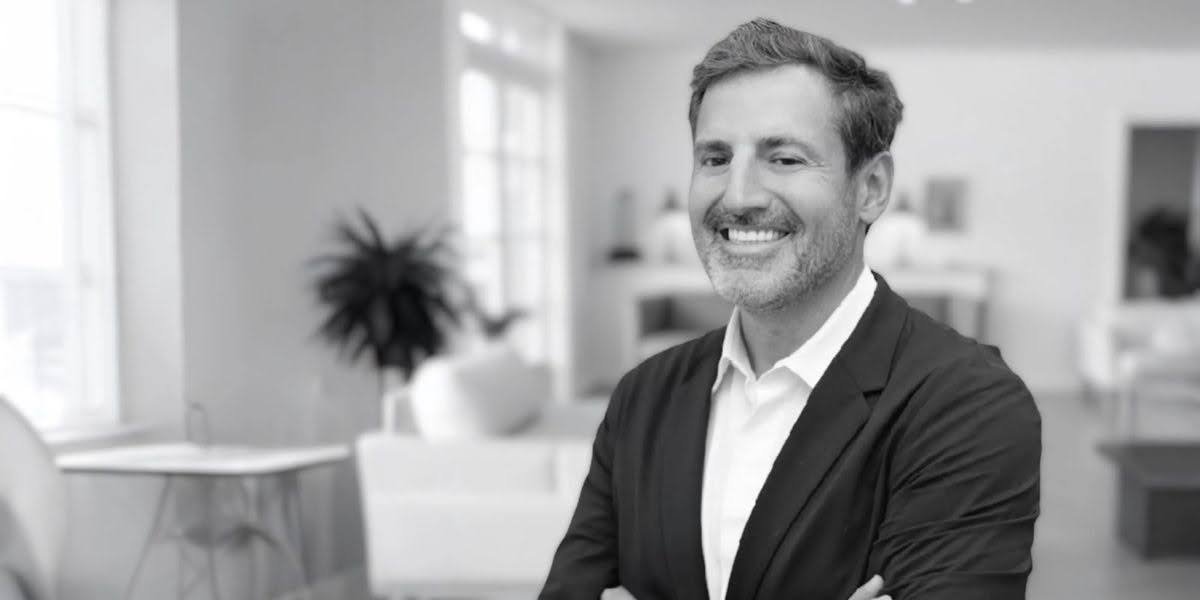By: Yuliia Khvashchak
Permanent makeup is a meticulous, jewelry-like craft where every detail matters. While pigments and technique are the “visible” aspects, anesthesia is the invisible yet critical step that directly impacts:
- Client comfort during the procedure
- The artist’s precision
- Skin reactions
- Swelling levels
- Healing quality
- Longevity of results
In this guide, Yuliia Khvashchak, a Licensed Board Certified Trainer, shares her refined, client-centric approach to anesthesia, developed through hundreds of procedures, advanced training, championship experience, and daily practice in the U.S.
1. Anesthesia Is Not Just About “Numbing”
Too often, artists treat anesthesia as a routine step—apply and move on. But proper anesthesia is strategic. It must be tailored as carefully as shape, color, or technique.
A professional must understand:
- The active ingredients in their products.
- How they interact with the skin in each zone.
- Potential reactions and risks.
- When to skip anesthesia altogether.
- Most importantly—when it enhances the results.
2. Yuliia’s Methodology: Zone-Specific Protocols
Eyes: Primary Always, Secondary as Needed
The eye area demands absolute precision. Clients must remain relaxed and still, so I use gentle primary anesthesia (tetracaine or benzocaine-based) that:
- Don’t overdry the skin.
- Preserves elasticity.
- Minimizes redness or tearing.
Secondary anesthesia is applied only if:
- The client is highly sensitive.
- Micro-redness or tearing occurs.
- Temporary swelling reduction is needed.
Never use thick gels or aggressive formulas near the mucous membrane.
Brows: Secondary as Needed, Primary Only for Thick Skin
For most brow procedures, I avoid anesthesia unless the skin is:
- Thick or porous.
- Resistant to pigment retention.
Primary anesthesia (if used) helps:
- Soften the skin for smoother pigment application.
- Prevent micro-cracks or uneven saturation.
Secondary anesthesia is applied sparingly:
- For discomfort during later passes.
- To reduce moisture (e.g., in humid conditions).
Lips: Secondary Only, Primary Never
Lips are the most delicate zone. I never use primary anesthesia here because it:
- Dehydrates the mucosa.
- Distorts natural lip tone.
- Causes micro-tears (leading to patchy healing).
Secondary anesthesia is used:
- After the first pass.
- Minimally, and wiped off before continuing.
This preserves pigment clarity and prevents “blowouts.”
3. Anesthetic Selection
Only use certified, professional-grade products with transparent formulations:
- Tetracaine: Primary for eyes.
- Sustaine/Mezonumb/Precaine: Secondary for lips, eyes, and brows.
- Lidocaine 5%: Only for highly sensitive clients (post-allergy test).
No mixing, no unverified brands—just safety and results.
4. Avoiding Side Effects
Poor anesthesia choices can cause:
- Burns (from overexposure).
- Allergic reactions (especially to benzocaine).
- Swelling or patchy healing.
- Pigment migration (“blue tones”).
Yuliia’s safety system:
- Pre-procedure consultation (allergies, skin type).
- Skin assessment before application.
- Minimal product—only where needed.
- Timed precisely (never exceeding 30–60 seconds).
- Never applied to large areas at once.
5. Anesthesia Is a Decision, Not a Default
What separates experts from beginners? The ability to adapt in real-time.
- Some clients need no anesthesia.
- Others require it only after the first pass.
- A few may tolerate mild discomfort for better results.
This flexible, intuitive approach ensures flawless, natural-looking outcomes.
Final Thoughts: A Call to Professionals
Anesthesia isn’t just a cream—it’s a responsibility. It should be held to the same standard as technique, design, and pigments.
To fellow artists, I urge you to:
- Study product ingredients.
- Understand their impact.
- Skip anesthesia when unnecessary.
- Prioritize client safety over the habit.
This is the mark of a next-level artist: informed, skilled, and ethical.
Disclaimer: This article is intended for informational purposes only and reflects the personal experience and expertise of Yuliia Khvashchak in the field of permanent makeup. While the techniques and methodologies discussed are based on professional training and practice, individual results may vary. Always consult with a licensed professional before undergoing any permanent makeup procedure. The information provided does not replace medical advice, and the safety and efficacy of anesthesia choices should be evaluated based on individual client needs and circumstances.
Published by Jeremy S.










